What the Hell is a Doodlebug?
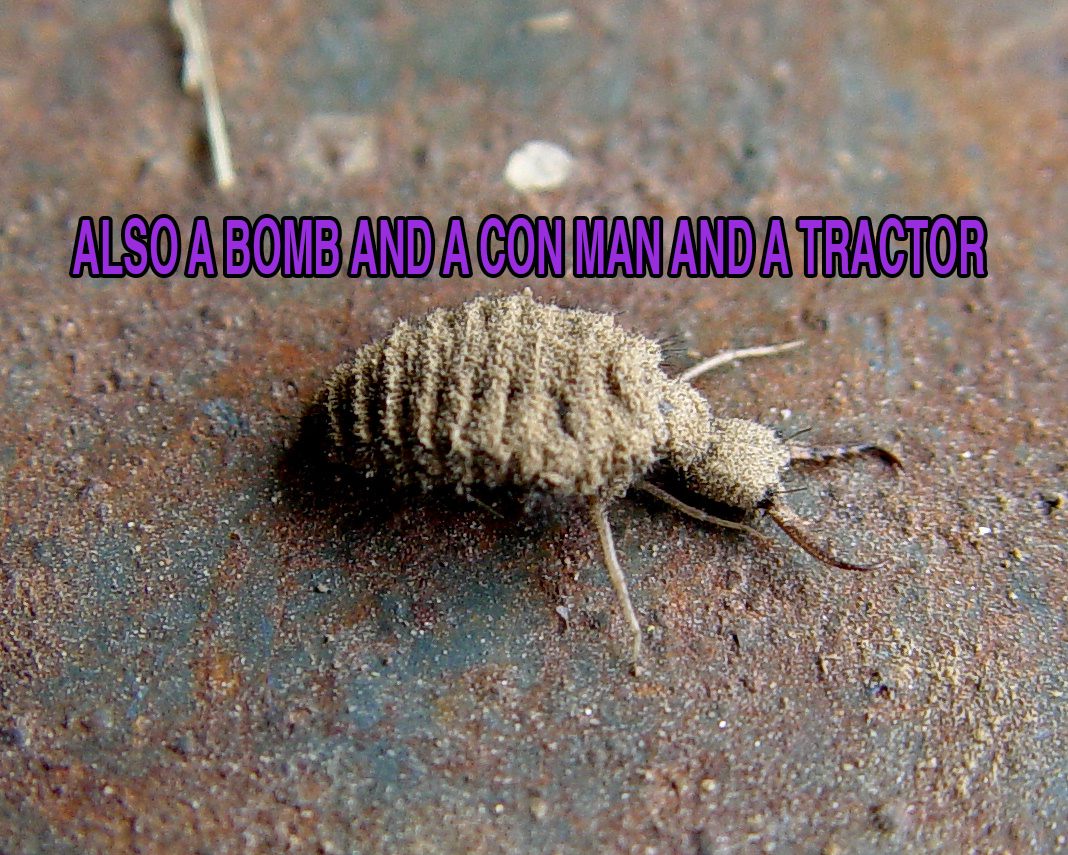
A doodlebug is much more than just a bug. (Photo: Scott Robinson/Flickr)
“Doodlebug” is one of those quaint old terms that seems to have been around forever, and crops up in the news repeatedly: this past year saw the discovery of an orphaned kangaroo by that name and deep dive on the actual insect. At this point, though, the word can be used for any number of meanings from someone who simply likes to draw, to a person who wastes all sorts of time.
So what exactly is a doodlebug? All of these things.
1. A simpleton or time-waster

Just look at this doodlebug… (Photo: Library of Congress/Wikipedia)
The term “doodle” actually dates back to the 17th century when it was used as a pejorative to describe simpletons. Over the next couple of centuries it increasingly came to be used as a verb meaning to waste or fritter away time, and it wasn’t until the mid-20th century that it seems to have taken on the specific association with drawing and scribbling. The term “doodlebug” seems to have arisen in 1800s, initially meant to once again mean, “idiot.” Today, the term has evolved to describe someone who incessantly draws.
2. An actual bug

Doodlebug seems like a pretty cute name for this monster. (Photo: Jonathan3784 on Wikipedia)
The other most frequently used meaning of doodlebug is probably as a description of an actual insect. Doodlebugs, as they refer to an actual creature are usually associated with ant lions in their larval form. These squat little bugs, who mostly live in loose sand where they create pit traps, earned their goofy nicknames not because they are thought to be stupid, but instead because of their unintentional drawings. When the (frankly kind of scary-looking) ants move through the sand, their big butts drag behind them, leaving behind scribbly little trails. While ant lions are the most well known as doodlebugs, the term has also been used to describe other insects like pill bugs and some beetles, although this seems to be earned simply thanks to how goofy the nickname sounds.
3. Someone in the business, reputable and otherwise, of locating oil deposits
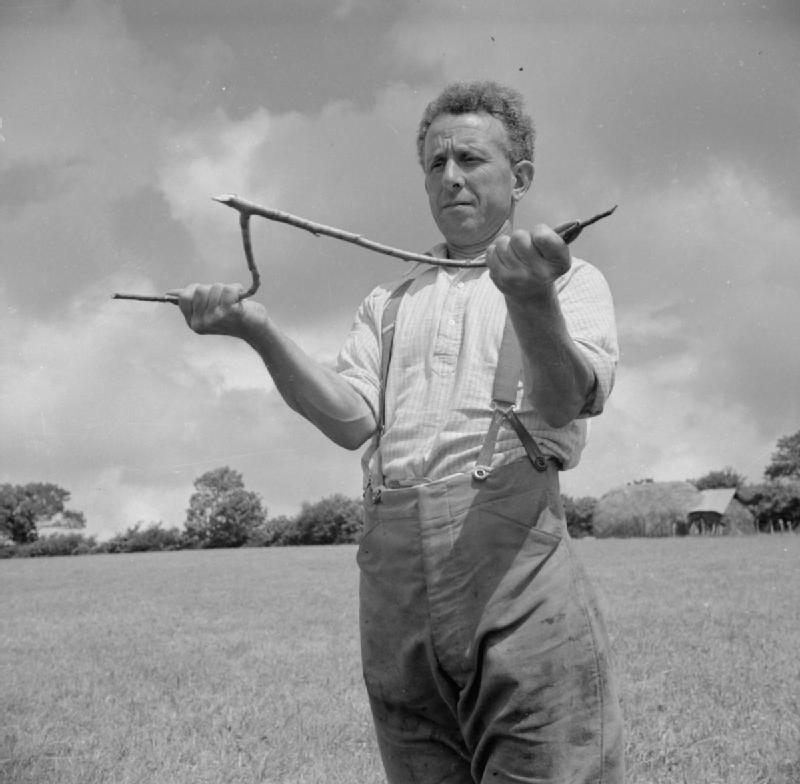
Doodlebugging was once pretty close to dowsing for water. (Photo: Wikipedia)
This usage of doodlebug actually started as an insult but seems to have been coopted as an affectionate name for those bold souls who head out in search of black gold. Dating back to 1940s America, the a “doodlebug” initially referred to devices that were said to be able to locate oil deposits, although in in the day, they were mainly just scams as miraculous oil detecting technology did not actually exist. The snake oil salesmen who peddled such devices came to be known as doodlebuggers. However, as the technology progressed, and more reliable methods of finding underground oil actually emerged, doodlebuggers came to mean people who head out into the wild and use actual methods (usually seismic mapping) to try natural resources trapped underground. It seems to be a much more affectionate nickname today.
4. A World War II-era drone bomb
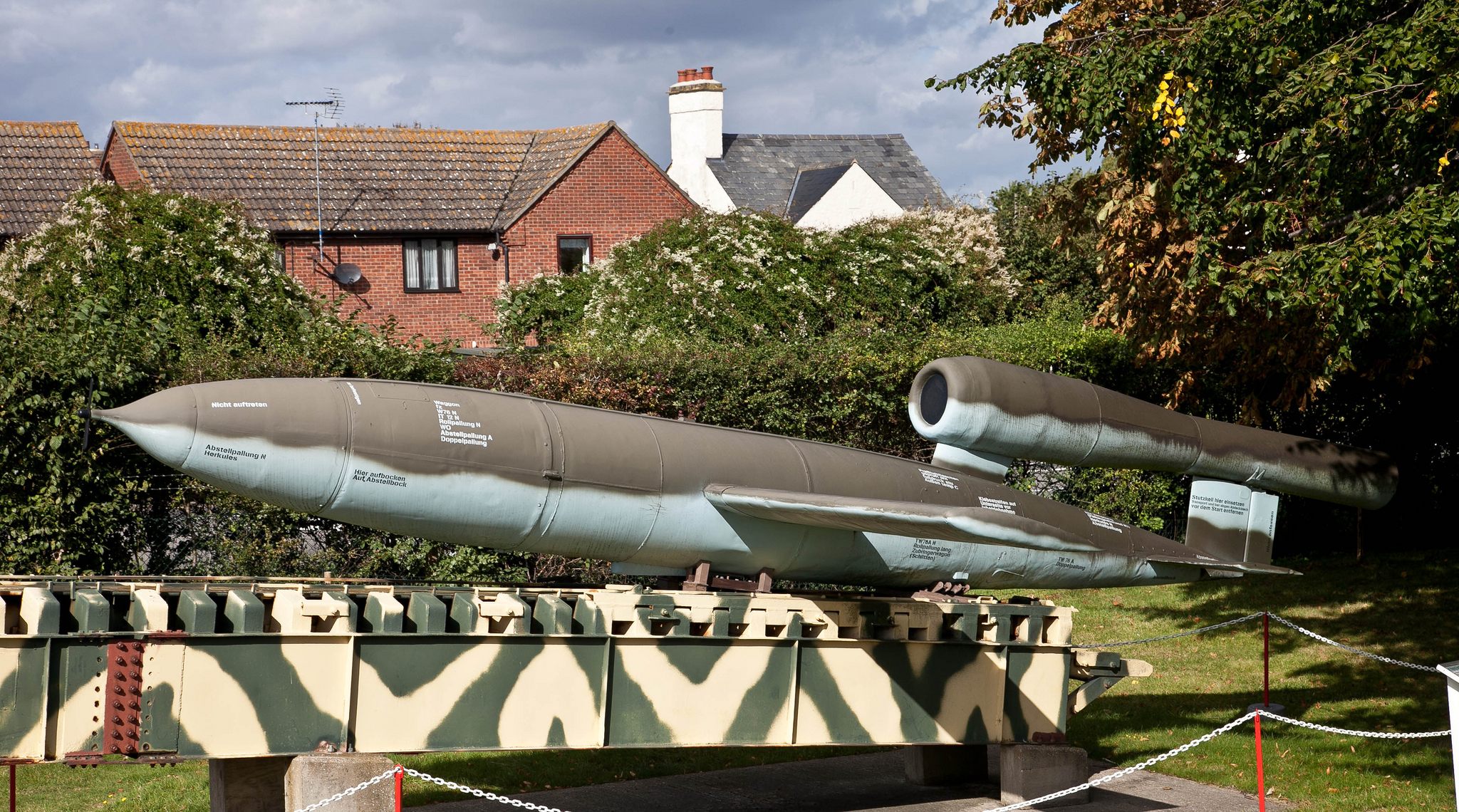
The Nazis were into drones too. (Photo: Jessica Paterson/Flickr)
Long before we were afraid of drone aircraft zooming silently overhead, there was were V-1 flying bombs, otherwise known as “doodlebugs.” This Nazi missile looked like a small plane, but inside was nothing but machinery and death. During World War II, the large bombs were deployed against Britain with devastating effect before countermeasures were developed that made the bomb planes essentially obsolete. The bombs got their misleadingly whimsical nickname from the sound their pulsejet engines as they flew overhead.
Alternately they were also known as “buzzbombs.” The nickname would later be applied to other experimental aircraft as well.
5. A self-propelled rail car

All aboard the doodlebug! (Photo: N2xjk/Wikipedia)
In the early 20th century, short rail lines and tracks that were in light use would employ single, self-propelled train cars that were known as “doodlebugs.” These autonomous cars were a welcome alternative to large locomotives and carriage cars, and often ran on gasoline or electricity. The nickname supposedly popped up when the first of these cars hit the tracks and a rail person described it as a “potato bug” (see above) which morphed into doodlebug.
6. A DIY tractor
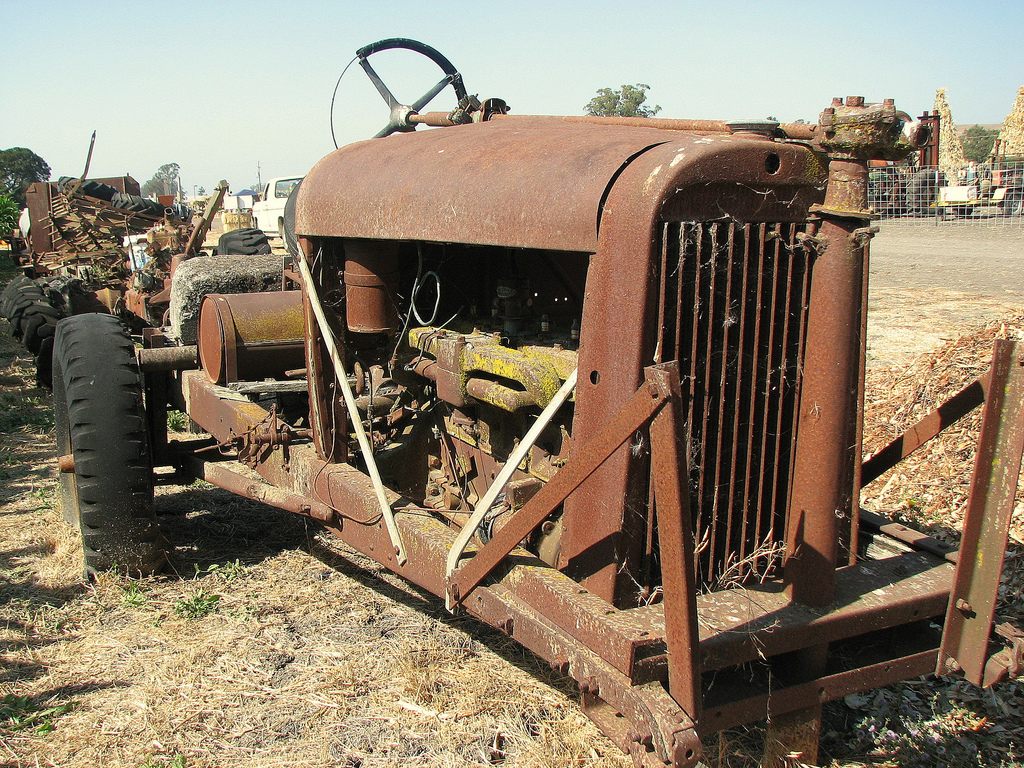
This ol’ doodlebug has seen better days. (Photo: David Berry/Flickr)
From the Great Depression on into the World War II, material resources were scarce in America’s heartland, but that didn’t stop them from working! During this period a specific variety of homemade tractor began to pop up on farms across the country. Generally using old cars as the base, inventive farmers would crop and chop the vehicles into makeshift tractors most often called, doodlebugs (they were also known as Friday tractors and scrambolas, among other names). The conversions became so popular that custom kits even began being sold through catalogs.

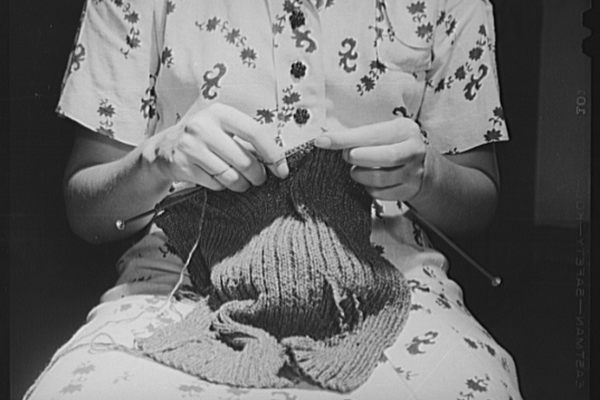















Follow us on Twitter to get the latest on the world's hidden wonders.
Like us on Facebook to get the latest on the world's hidden wonders.
Follow us on Twitter Like us on Facebook